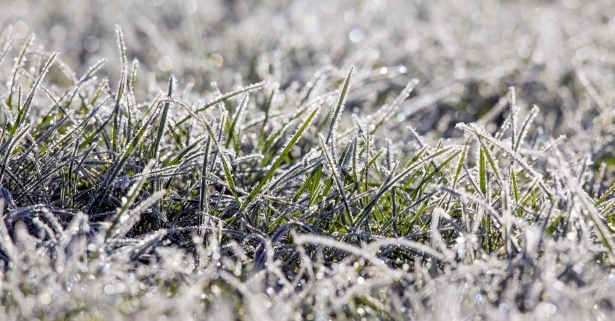Preparing your Lawn for the Winter Months
It’s cooling down, meaning winter is just around the corner. Now is the perfect time to prepare your lawn for the cold months ahead, but just what does that entail? We’ve got a few pointers below that can help you ensure your lawn is at its strongest and healthiest for winter and the months to follow.
Fertilise
Autumn is a great season for fertilising your lawn as it can give it a boost of strength for the colder months. Applying a quality, slow-release fertiliser in autumn can help to fortify your lawn over several months. Just be sure to ensure it is spread evenly across the lawn, and watered in well so that the nutrients can be easily absorbed.
Fix bare patches
If your lawn is looking a little patchy, Autumn is a good time to get to fixing. Many variables can cause a bare and patchy lawn, from frequent use and wear and tear to pet urine or excess shade. Before fixing the bare spots, it’s important to figure out why they occurred. For example, if there is a spot where grass has died due to trees or structures preventing it from getting enough sunlight, it may be worth re-sowing that area with more shade-tolerant grass. If the patches are caused by pet urine, it might be worth training your furry friend to use a specific area to do their business, or keeping and eye out and watering down the areas where it is done, to dilute the nitrogen content that causes grass to die. Once the issue has been identified, grass can be replaced either by transplanting runners from other areas of the garden, or by sowing grass seed in the affected area.
Collect leaves and debris
Autumn signals the shedding of leaves for many trees, which can mean more leaf litter and debris ending up on your lawn. The accumulation of leaves on a lawn can prevent it from getting much-needed sunlight. They can also become damp, leading to fungal diseases for your lawn, which is something nobody wants to have to deal with. When you notice leaves have started to build up, rake them into a pile and add them to the compost bin or use them as mulch for the veggie patch!
Get Onehunga Weed under control
Onehunga Weed is annoying, and having a lawn full of it can make the prospect of walking barefoot in the yard an unpleasant act. While they are often painfully noticed by bare feet across the country during the Summer months, these weeds begin to germinate during the colder months, making this a great time to keep an eye out for the fresh shoots and nip them in the bud before them become an issue. There are many herbicides created to be used on onehunga weed, and these can be applied during the late-autumn and early-winter months to stop the weed before it becomes painful. If you only have a few of the weeds present, and wish to avoid the use of herbicides, an alternative method is to wait until the end of winter and remove them by hand before they flower.
Mow the lawn higher
Like most plants, grass needs the sun for photosynthesis, and the longer the grass blade, the more sun is cast on the plant. Raising the mower blades in winter gives your lawn a more generous cut, allowing the grass more area to collect sun, which can lead to a healthier lawn. Colder months can also cause a lot of grasses to become dormant, so it’s likely you won’t need to mow as frequently as is needed in warmer weather.
Winter doesn’t have to mean a bad time for your lawn. With a little bit of effort you can help your lawn stay happy, healthy and strong during the winter.
Need help?
Winter is coming! Jim’s Mowing NZ is on hand to lend a hand. Contact Jim’s Mowing MZ now on 0800 454 654 or book online.





